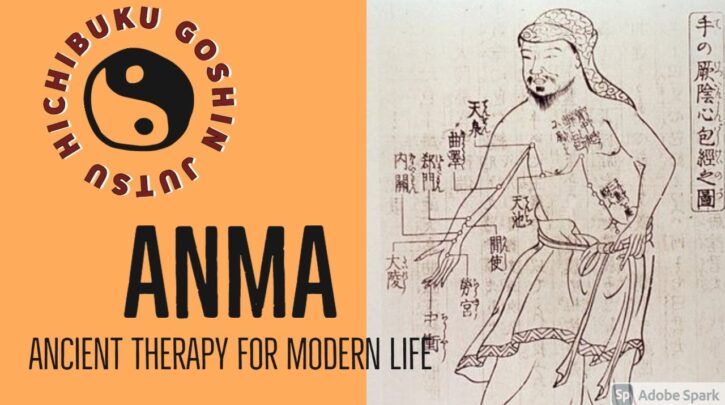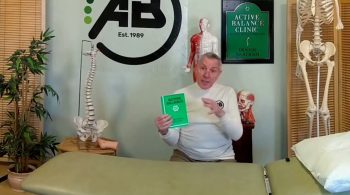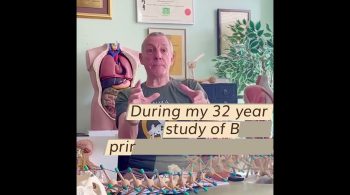I’ve been looking online to see what the matter is, Dennis. And, you know, a lot of it comes up and it’s a massage. I mean, there’s a lot of other things, but it’s a massage. Can you give me your version of what it is?
Yeah. So basically in Japan, you had a traditional form of physical therapy, which was known as anma. And in China, it’s called tuina. And they both mean the same. It means to push and pull the tissue. So any manual manipulation of tissue is based on pressure changes the signals and the chemistry in in injured tissue. So when you pull on it knead it, twisting it. So it is a form of massage. So it’s traditional to that country. So in India would be called something else. In China, it’s called tuina. This is called Anma. And basically what told me he told us was that any form of manual pressure in Japan is known as shiatsu because it means thumb pressure. And what he taught us was the way he puts his body movement from his martial skills into his massage medicine. It made it raise the profile the expectations and the results. So basically it’s it’s all anma to me. It’s just the depth of anma is down to the skill level of the practitioner. But that’s that’s anma push-pull. Yes.
So what is it? What are the results of a good AMA practitioner on the person that you practice practicing on?
Right. So what you’ve got is you’ve got energy channels, you’ve got nerves in there. You’ve got muscles that have different receptors that measure tone and length. So if a muscle is being pulled they all go out of balance. You’ve got organs that are held in place by what you call fascia or fascia. Some people describe it, which is like a sort of viscoelastic material that is supportive of those organs and allows them to move around so they have mobility within each other, like an empty stomach. A full stomach takes up more room, less room, full lungs, empty lungs take up more room. And when we get strained, those strains run throughout the body through a system called tension, integrity, or tensegrity. Bio tensegrity. So basically, you can’t have an injury in one part of the body and not affect the other. And also the way the energy channels run through the body, they go to the toes and they go to the extremities of the fingers, that you can be working on a finger and exert an influence through that energy channel to an organ. Also when you free that off, you’re free enough strains local to the tissue and distal. So it’s a total body effect through what we call mechanotransduction. So when injury when when we’re strained, the biggest thing that happens is the water constitution that allows electrical signals to transmit through it is prevented. When we massage and knead the tissue back to normality, it improves the tone, the elasticity, the tension, integrity of the whole, the whole global system. And the.
Result would.
Obviously, more flexibility, well-being, and reduction of inflammation, are some of the biggest ones. Therefore reduction of pain. So pain, and mobility all increased.





